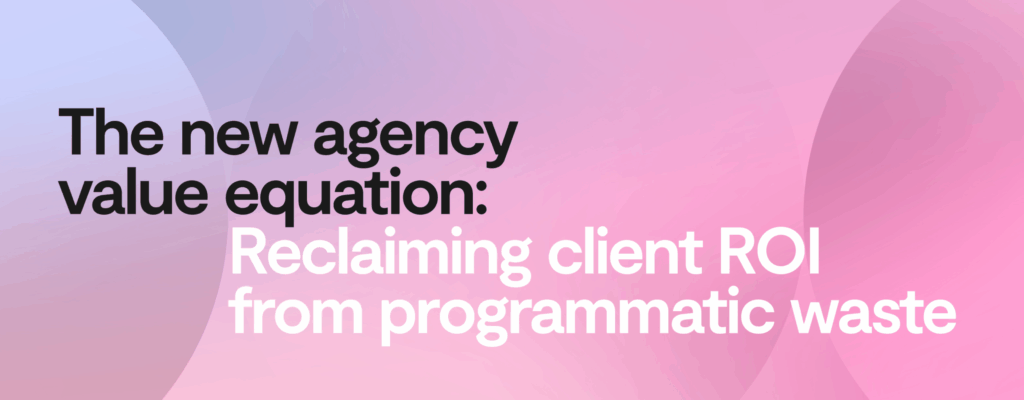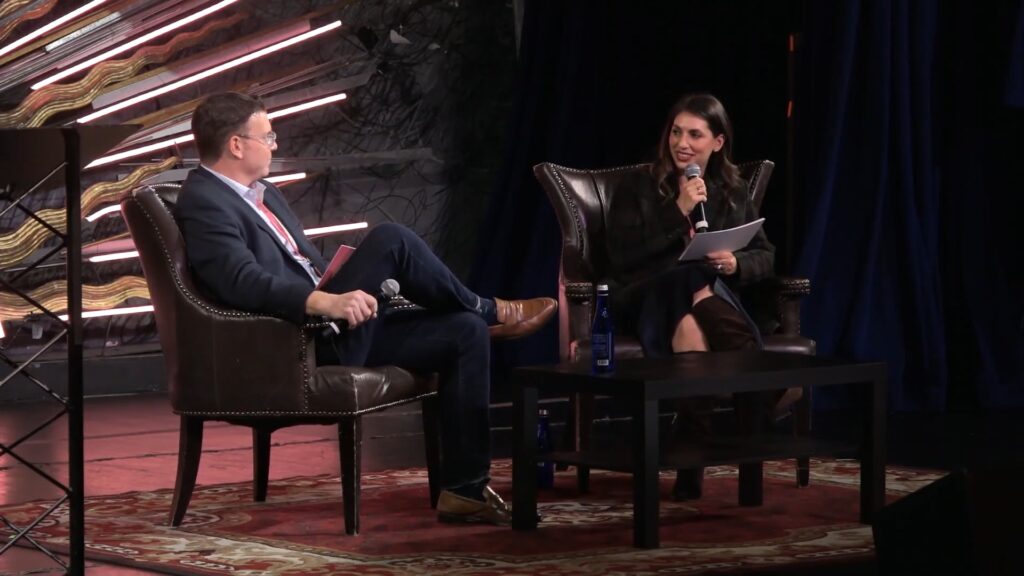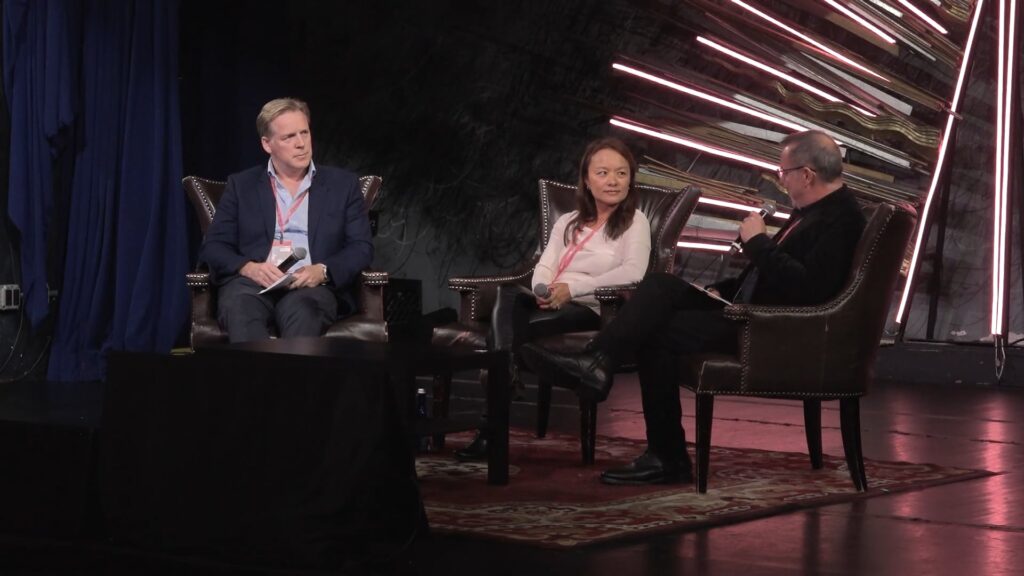- Blog
- Cohorts
Explainer: What are Publisher Cohorts and how do they differ from Google FLoCs?
Google has confirmed the inevitable, that it will not build any alternate identifiers to track individuals as they browse across the web, and their products will not support any identifiers in the bidstream in future. Without identifiers in the bidstream, working directly with publishers is going to be the only clean and safe route for advertisers. But why? Using their valuable first-party data, publishers will own identity and the creation of cohorts across all platforms and buying tools, and advertisers will need to work more closely with quality publishers to match first-party data sets and scale them. A cohort is…

Google has confirmed the inevitable, that it will not build any alternate identifiers to track individuals as they browse across the web, and their products will not support any identifiers in the bidstream in future. Without identifiers in the bidstream, working directly with publishers is going to be the only clean and safe route for advertisers. But why?
Using their valuable first-party data, publishers will own identity and the creation of cohorts across all platforms and buying tools, and advertisers will need to work more closely with quality publishers to match first-party data sets and scale them.
A cohort is a relatively small group of users that share some common attributes or behaviors, which moves the digital advertising industry away from 1-2-1 targeting, while still trying to achieve the same goals, and doesn’t rely on tracking and identifying individual users. But how are cohorts built? What information do they use? And how do publisher cohorts differ from Google’s Federated Learning of Cohorts (FLoC)?
Only publishers are going to be able to see 100% of users
In a world where the vast majority of the Open Web isn’t going to have a user ID, only publishers are going to be able to see 100% of users. In the absence of a user ID, the understanding of the user is available in the form of a cohort.
Instead of exposing who users are, cohorts expose a description of the user — with an added layer of nuance. For example, if there’s an impression for a user that is interested in sports, publisher first-party data will be able to provide cohorts for what type of sports, whether it’s a type of sport, sports clothing or sports cars.
With a cohort approach, publishers can make sure that the data that is generated in their environment is kept safe. Without a user ID attached to bid requests publisher data does not leak out as it cannot be aggregated by downstream systems.
Google’s approach replicates the cross-domain tracking that happens today. Arguably, it’s more privacy safe because it happens in the browser, rather than on a Google server, but it’s still aggregating a user’s browsing behavior across multiple different contexts. As a user, you’re still being tracked cross-domain. And as a publisher, it means that your first-party data is being decoupled from your inventory. The data that’s been generated in your environment becomes actionable in other environments.
With FLoCs users only ever belong to one single cluster — a single representation of a user. Publisher Cohorts are the opposite. Publisher Cohorts don’t aggregate data across domains, they’re focused on the relationships and understanding the publisher has with that user, and don’t leak data out of the publisher ecosystem.
It also means the publishers can bucket the user in more than just one cohort, providing a more descriptive representation of the user. Google’s cohorts are abstract, you belong to a cohort but it doesn’t have an explicit meaning. The only meaning it has is that you look similar to other people who are in the same cohort. Publisher cohorts can be quite descriptive. They can be a user interested in X, or a user has a propensity of X.
Google’s cohorts favor Google
At our recent Make Possible event on the future of digital advertising, Stephanie Layser warned attendees of the differences between Google’s approach to privacy compared to Apple’s. “We should be very cognizant of the difference between the privacy stance that Google is taking versus the privacy stance Apple is taking — Apple is actually more opportunistic for publishers,” she said.
“It’s basically like, we break the third-party cookie and we make it so that the third-party cookie does not exist, and then publisher data first-party data becomes even more powerful because there is not a company that can collect and correlate that data across domains,” said Layser. “Google’s business model is entirely based on being able to collect and collate data cross-domain. They can’t take a privacy aspect, without cooking their golden goose so they’ve got to come up with something that seems privacy safe, but allows them to still continue to cross-domain targeting, which actually lessens the opportunity for publishers.”
Although it’s presented in the context of protecting user privacy, Google’s recent announcement is beneficial to Google first and foremost. The privacy benefit to users is questionable: FLoC and FLEDGE don’t prevent tracking across the web — they just bring that tracking into the Google browser.
FLoC and FLEDGE also do not benefit publishers, and yet this announcement positions them among the few viable options for targeting. It furthers a reality in which Google and its browser gain power, at a cost to the rest of the ecosystem.
To thrive in a cohort-based ecosystem, advertisers will need direct relationships with first-party data owners that will enable them to buy against cohorts. And publishers need to start preparing by gathering and segmenting first-party data, and building environments that make it easy for advertisers to connect to, and buy against, those audiences.
You may be interested in
From scale to accountability: The new agency value equation
Learn MoreThe curation revolution: Rebuilding trust and transparency in programmatic
Learn MoreKeep going, there's more to uncover.
From scale to accountability: The new agency value equation
Discover how leading agencies are rebuilding efficiency and accountability in programmatic media. Learn the 3-step blueprint to reclaim ROI, reduce waste, and deliver verifiable performance through data-enriched PMPs.
The curation revolution: Rebuilding trust and transparency in programmatic
Discover how leading agencies are rebuilding efficiency and accountability in programmatic media. Learn the 3-step blueprint to reclaim ROI, reduce waste, and deliver verifiable performance through data-enriched PMPs.
The performance paradox: Why programmatic efficiency is broken
Discover how leading agencies are rebuilding efficiency and accountability in programmatic media. Learn the 3-step blueprint to reclaim ROI, reduce waste, and deliver verifiable performance through data-enriched PMPs.
The new agency value equation: Reclaiming client ROI from programmatic waste
Discover how leading agencies are rebuilding efficiency and accountability in programmatic media. Learn the 3-step blueprint to reclaim ROI, reduce waste, and deliver verifiable performance through data-enriched PMPs.
Curation as a revenue diversification strategy: Lessons from The Arena Group
The Arena Group is finding new ways to take control of its data and revenue. Discover their powerful new approach centered on curation.
How Acxiom and Fundamental Group are solving for the Outcomes Era
Acxiom’s Ruowen Liscio and Fundamental Group’s Angus Maclaine discuss solutions for the Outcomes Era in advertising. Discover how predictive targeting, curation, and AI are delivering results in a privacy-first world.





